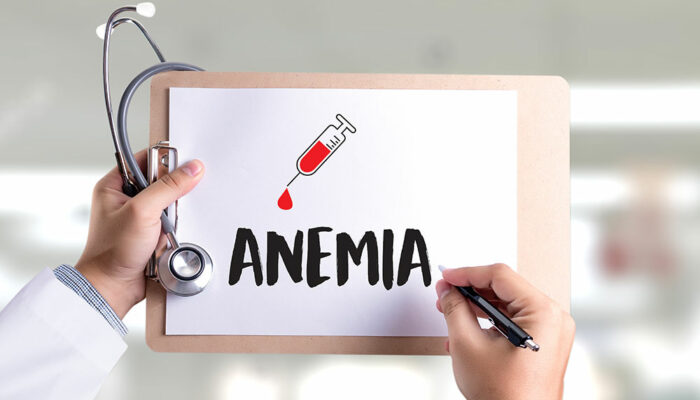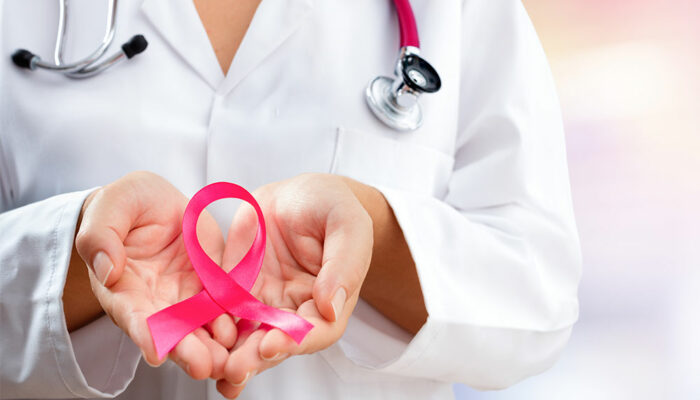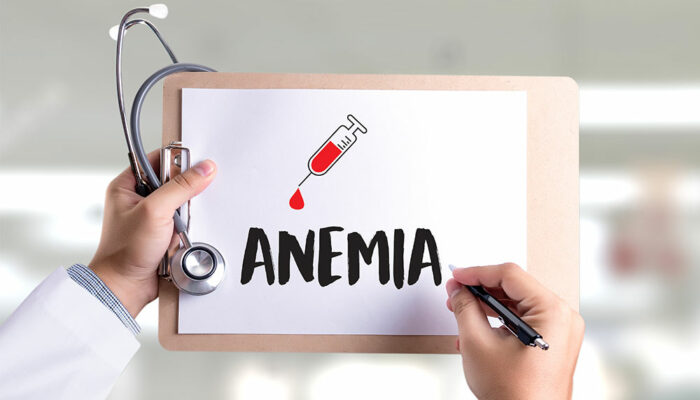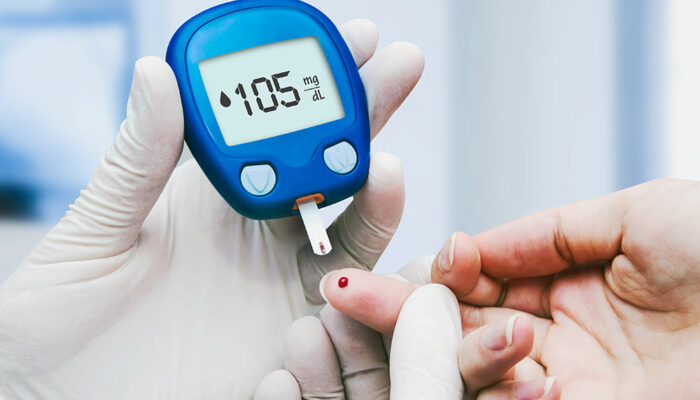
health
Anemia – Symptoms, types, and prevention
Anemia is a kind of medical condition in which an adequate amount of oxygen fails to reach one’s body’s tissues owing to the deficiency of red blood cells in their body. When one suffers from this condition, their body feels weak and exhausted all the time. Symptoms There are different kinds of anemia and each of them has a cause of its own. It can have short-term or long-term effects and the disease can be mild or severe in nature. If one sees any symptoms suggesting that point toward anemia, it is essential to consult a doctor immediately. The signs vary from person to person and depend on the cause or their origin. Sometimes, the chronic disease causes anemia and the doctor ends up diagnosing the disease but the fact that one is suffering from anemia does not show up in the test. Sometimes, there are mild symptoms and then, with time the symptoms become more prominent indicating that the disease has penetrated one’s body more deeply. Some of the commonly found symptoms include breathing difficulties, fatigue, pale skin, chest pain, headache, dizziness, hands and feet turning cold, irregular heartbeat, and pain in the chest . Types of anemia Iron deficiency anemia This is the most common kind of anemia, which occurs due to iron deficiency.
Read More 








